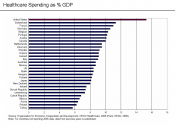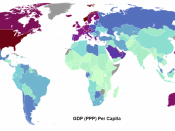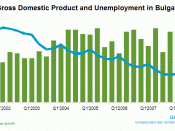The idea of charity first emerged at the end of the 19th century, when large corporations began helping finance voluntary agencies and religious groups. Today, the idea of philanthropy, the spirit of active goodwill toward others as demonstrated in efforts to promote their welfare, has become so accepted in America that few now escape the demands of giving. In fact, many important institutions are partly or wholly dependent on it. Philanthropy has been organized and coordinated to eliminate much of the spontaneity of giving. Wealth is disbursed by individuals but especially by fund-raising activities of non-profit organizations and foundations. However, in an economy based on freedom, Americans make their own decisions about whether or not to give, how much they give, who they give to, and what they give for. The "business" of donation is a larger part of our economy than most realize and affects not only the groups on the receiving end but those who give as well.
Therefore, attention must be paid to the means and modes of charity in the United States. Who gives? How much do they give? To whom do they give? And, perhaps most importantly, what kind of an impact does what they give actually have on their cause?
Americans gave an estimated $212 billion to charity in 2001, according to research findings in Giving USA. The report is published by the AAFRC Trust for Philanthropy and is researched and written by the Center on Philanthropy at Indiana University. It answers some widely raised questions about how charitable giving fared in a year of recession and crisis. In spite of the recession, charitable contributions in 2001 stayed above 2.0 percent of Gross Domestic Product (GDP). "Americans' commitment to philanthropy remained strong even in the face of downward economic pressures. The $212 billion...


